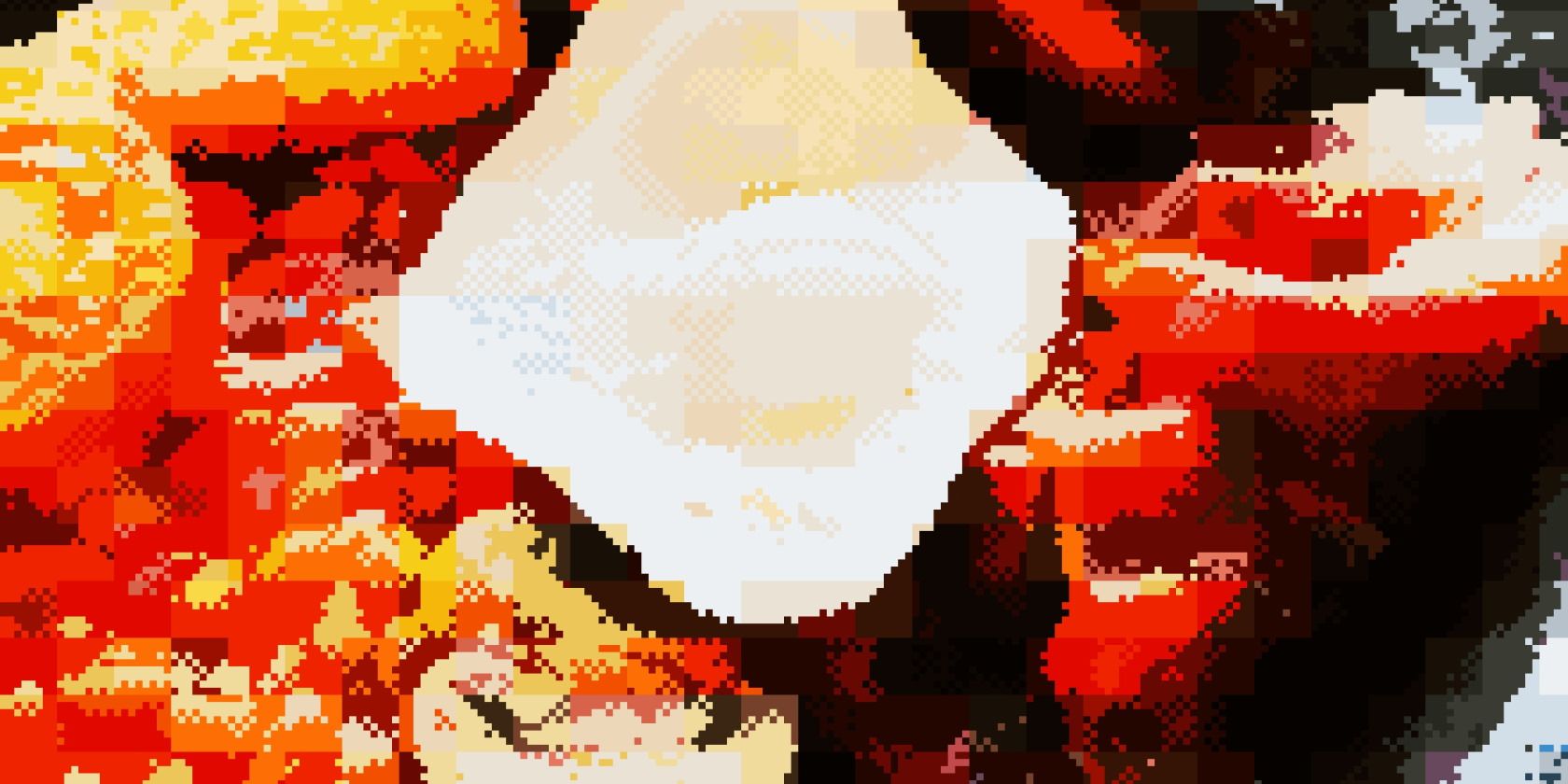The popular press has been hugely excited about NFT art, so-called “digital collectibles.” NFTs are essentially digital tokens linked to a piece of art. The art might be visual media, music, or something else.
Comedy legend John Cleese, for example, minted a piece of primitive line art which recently sold for over $35,000. Other (more accomplished) pieces have sold for millions. NFT marketplaces have sprung up or expanded their existing businesses as tokens become the craze of 2021.
Anyone can create NFT art through a process known as “minting.” But is it as easy as it sounds?
What Is NFT Art?
An NFT or non-fungible token is a unique (non-fungible, i.e., non-returnable or non-interchangeable) digital asset that can be exchanged securely on a blockchain.
NFT art can be graphical (i.e., created, filmed, or photographed), musical, a URL, or even a tweet. For example, Elon Musk is creating a piece of music to sell as an NFT. Twitter founder Jack Dorsey sold his first tweet. Comedy legend John Cleese sold a doodle.
Actual Brooklyn Bridge v The Brooklyn Bridge NFT. Brooklyn Bridge: Could easily be a forgery. Brooklyn Bridge NFT: Proof of authenticity is in the metadata. Bidding starts at 100.00, or you can “BUY IT NOW” for $69,346,250.50! Bidding closes April 1st! https://t.co/Vuyx4trvPE
— John Cleese (@JohnCleese) March 29, 2021
Recognizing the potential for silliness, Cleese drew a bridge which he then put up for auction at a ridiculous price.
Despite the “buy it now” price, the image nevertheless sold for far more than its true “artistic” value: 17 WETH. This is Wrapped Ethereum, which equates to around $35,000 or £25,000.
Intrigued by this, I decided to create an artistic NFT to see how simple (or otherwise) it really is, so you don’t have to. Call it a public service.
How I Minted an NFT
Warning: minting an art-linked NFT isn’t straightforward, and it isn’t cheap.
To start off, I headed to a prominent MFT marketplace, rarible.com. Here, I found a collection of amazing (and not-so-amazing) art, available for a range of prices, mostly somewhat overvalued.
After checking a few alternative NFT marketplaces, I headed back to Rarible. Its detailed help guide explains what is required to mint an NFT.
To mint the NFT, I used:
- Ethereum and a wallet app
- A digital art marketplace supporting NFTs
- Some digital art (still, video, audio, maybe even a URL)
It wasn’t going to be cheap. It wasn’t going to be quick, either.
Rarible, the NFT Digital Art Marketplace
One look at Rarible will reveal the scope and scale of not just NFT art but the expectations of the artists.
Some work is not for sale; other items have a value that seems commensurate with the effort involved with creation. Others still seem to have overstated the term “over-inflated.”
There are plenty of questions about the true value of art-linked NFTs. After all, they can be sold repeatedly, or resold. Any price can be set, the seller can enjoy a resell percentage, and… well, it all seems just a little bit too good to be true.
Like a bubble waiting to burst.
NFTs Require Ethereum – Luckily, I Have Some
Creating an NFT on Rarible requires you to have some Ethereum stored in a wallet app. At the time of writing, the amount needed is around $70 (roughly £50).
Authentication for Rarible is achieved via a crypto wallet. Pretty much every wallet is accepted. All you need to do is ensure that you have the Ethereum to cover the price of minting. A QR code is used to manage the transaction via your wallet.
Minting also requires some art to attach to the token. As noted, this might be audio, video, stills, documents, or a URL.
For simplicity, I used some pixel art I had created based on an image of a full English breakfast.
How I Minted an NFT on Rarible
So, how easy is it to mint an NFT?
Clicking the Create button on Rarible prompts you to create a Single or Multiple collectible. So, it might be a one-off, or you might sell the NFT repeatedly. After linking the wallet, you upload the art, set a description and price, then sign the sell order. This last step is performed using the wallet app.
While that sounds simple, it doesn’t always work out that way. Minting requires a fee to cover “gas”—a network transaction fee incurred as part of the process. During the process, Rarible appeared to hang, meaning I had to pay for gas twice.
As such, the NFT cost around $100 to mint—more than it should.
It is worth noting that other NFT marketplaces offer free minting, delaying the gas fee until the item is sold.
My NFT Art Is For Sale… But No One Is Buying
Following my upload, I’ve kept an eye on the NFT art. But while other images appear to be attracting bids and views, mine remains a little shy.
It may not be stunning, but it is certainly personal. It’s also unique, which is more than can be said for some examples listed on Rarible.
To ensure your art is noticed, it’s important to spend some time sharing it in the right places. Sharing the link on Twitter is a smart idea, but you should also take a minute to share the link in www.reddit.com/r/NFT/. This subreddit is dedicated to NFTs and is a great place to go for more information on the topic.
Should You Mint an NFT Artwork? Probably Not
At the time of writing, I have a piece of artwork based on a photo I took listed on Rarible. It will set you back 1 ETH. That’s pretty exciting—but even if you buy it, you won’t own it.
That aspect of NFTs (at least in their current form) is slightly disconcerting.
Minting an NFT is costly, and the price varies from piece to piece. This makes it a somewhat unreliable process, and of course, there is no guarantee the token will sell.
There is a good chance that the minting process will improve. It is already being streamlined on other NFT sites. Until that point, NFT minting is probably best avoided if you don’t have the money to cover gas.
Ultimately, this is not a guaranteed money-making method. At best, NFT art is an unreliable income stream that probably won’t cover the initial outlay.
If you’re an artist looking for a place to sell your work, avoid NFT marketplaces and embrace reliable outlets instead.
About The Author

